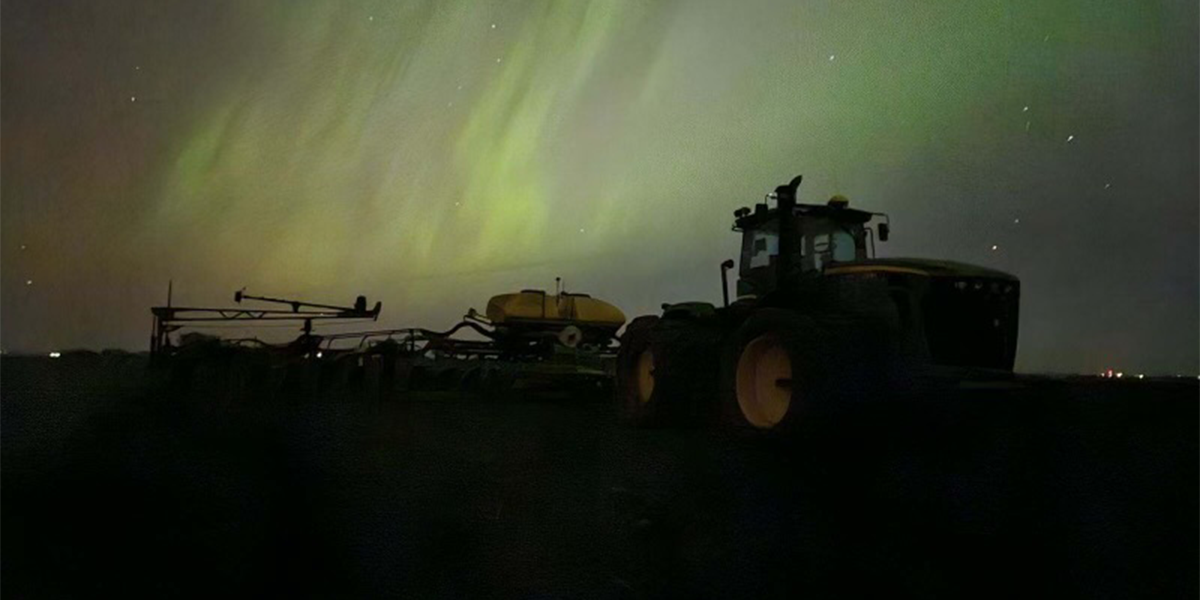
This regular feature provides an update of crop growing conditions from several farmers, along with happenings across the farm to ensure overall quality of their product.
The saying goes “April showers bring May flowers,” but for soybean producers across the Upper Midwest, Mother Nature unleashed those showers in May.
According to the USDA’s Weekly Weather and Crop Bulletin, “Daily thunderstorms across the central and eastern U.S. produced locally heavy rain and high winds. Some of the heaviest rain (2 to 6 inches) fell in previously drought-affected sections of the Upper Midwest…”
For Northern Soy Marketing (NSM) Vice Chair Mike McCranie in South Dakota, those heavy rains and high winds have played a major part in stunting their planting progress and have been a factor in their spraying progress for weeds, diseases and pests.
“Oh, my goodness,” McCranie said. “We haven’t gotten big downpours, but a lot of small showers that stop us from planting and spraying.”
At this point in the 2024 planting season, McCranie is taking planting progress day by day.
“We got everything planted right now that we could get planted,” McCranie said. “We have hopes of planting more soybeans when the wetter areas dry off. It all depends on Mother Nature.”
While McCranie doesn’t foresee an abundance of replant situations, Prevented Plant acres may come into play. Prevented planting is the failure to plant an insured crop with the proper equipment by the final planting date, which is set by crop insurance and varies by crop and region. Luckily, many crop insurance policies have prevented planting provisions that provide coverage when extreme weather conditions prevent producers from planting.
“Everything depends on what happens with the most recent crop we planted, but I don’t think we’re going to have any replant right now,” McCranie said. “We may have some Prevent Plant. My two sons have fields a little farther away that have been hit with every big rain and they might have more Prevent Plant than they did last year.”
High winds have also affected the McCranie farm.
“We’ve clocked gusts over 70 miles per hour,” McCranie said. “The wind caved in the top of one of my grain bins. It’s just the way it goes.”
In Wisconsin, NSM board member Nancy Kavazanjian is preparing to replant at least one field. Like prevent plant, many crop insurance policies have replant coverage, which reimburses the cost of replanting a crop that has been damaged and is being replanted in the same location.
“Well, we thought were done planting, but we have to replant a field because of the cool, wet weather,” Kavazanjian said.
The widespread rains across the Midwest haven’t missed Kavazanjian’s neck of the woods.
“We’ve had a lot of rain,” Kavazanjian said. “The last rainfall was about an inch and a half. I think we’ve had three to four inches in the last ten days. We get a few days of sunshine, but it seems like we just don’t have enough sun. We’re hoping that the rest of the season we get about an inch of rain a week – not four or five inches a week like we’ve been having. We need to dry out a little bit now.”
Once planting season wraps up for Kavazanjian, crop scouting will be the focus until harvest begins.
“We’ll be crop scouting soon,” Kavazanjian said. “So far the weeds look good, but we’ll continue monitoring the soybeans for weeds, diseases and insects. Not a lot is growing right now, but we’re supposed to have 80-degree weather next week so I would imagine that it makes everything grow pretty well.”
The 2024 growing season is just getting started and soybean growers across the Upper Midwest remain optimistic despite the challenges Mother Nature throws their way.


